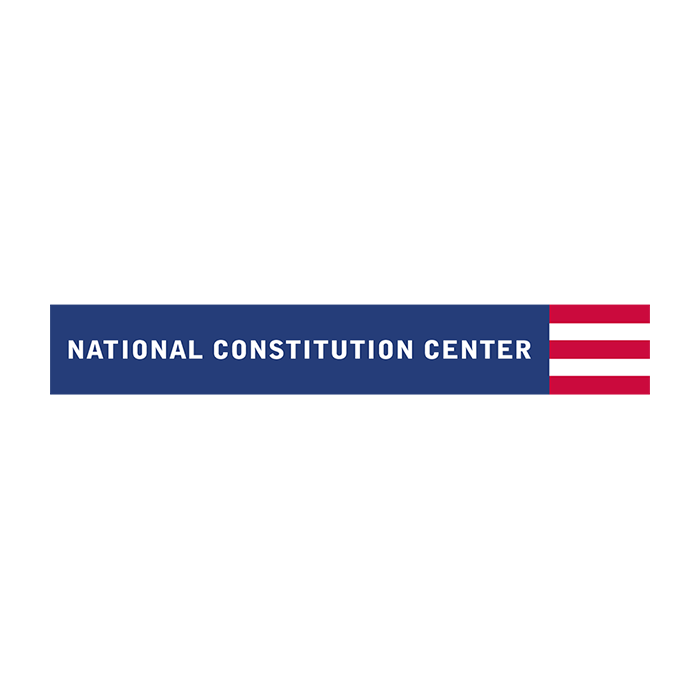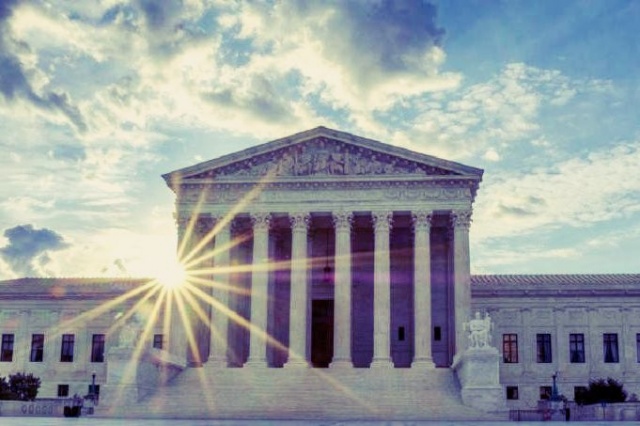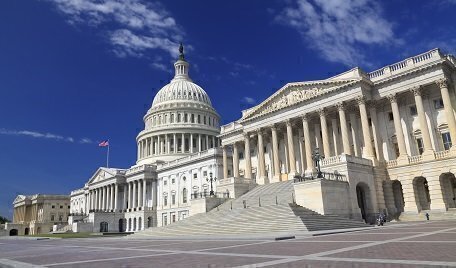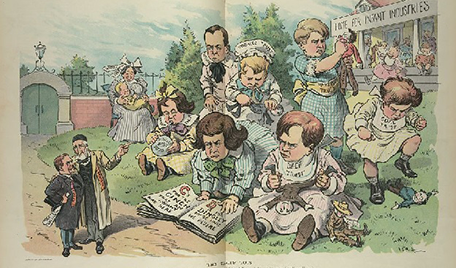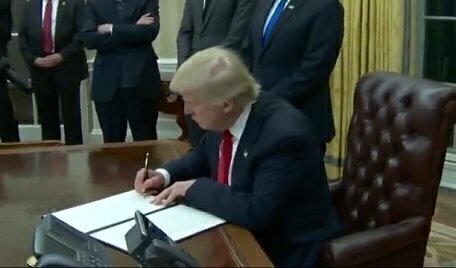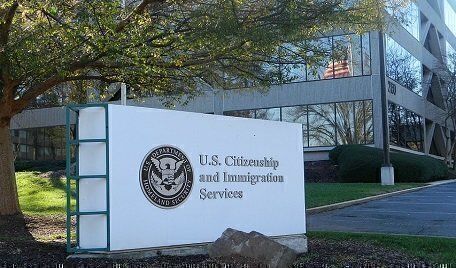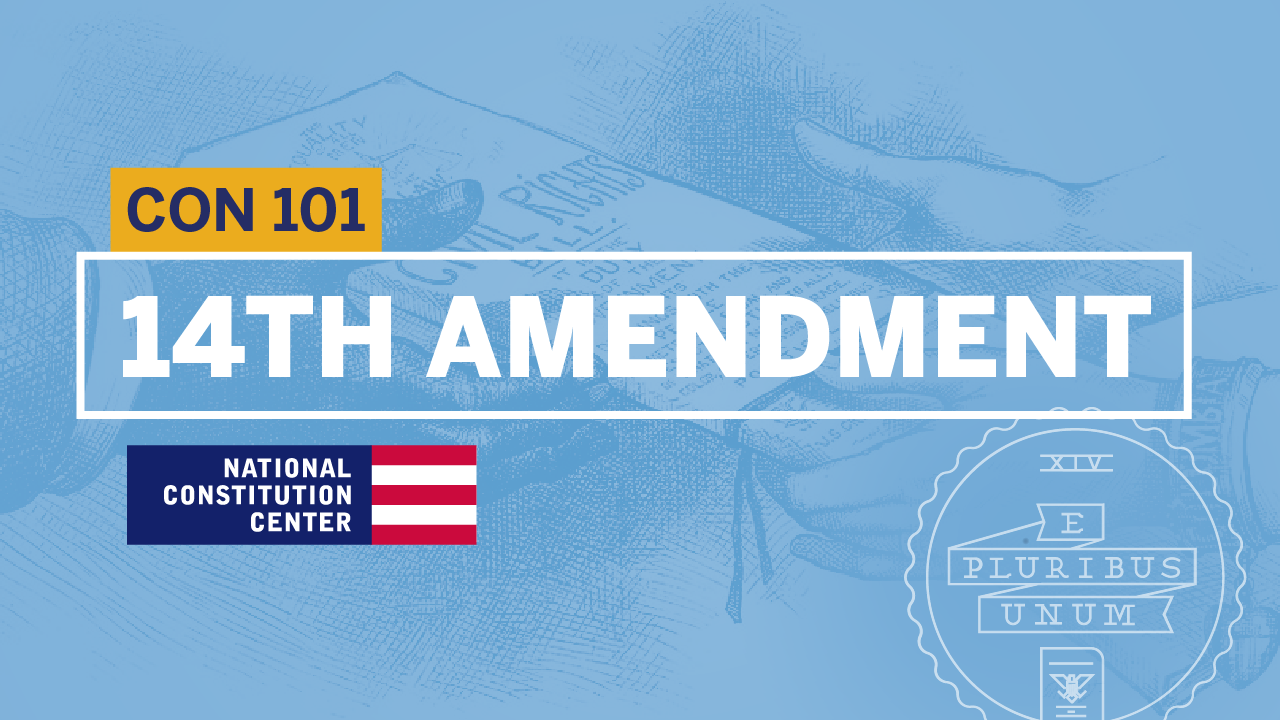About This Lesson
Article III establishes the judicial branch of government, which is responsible for interpreting the laws. At the highest level, the judicial branch is led by the U.S. Supreme Court, which today consists of nine justices. In the federal system, the lower courts consist of the courts of appeals and the district courts. Federal courts—including the Supreme Court—exercise the power of judicial review. This power gives courts the authority to rule on the constitutionality of laws passed (and actions taken) by the elected branches. The Constitution also promotes the principle of judicial independence—granting federal judges life tenure (meaning that they serve until they die, resign, or are impeached and removed from office).
The National Constitution Center's Article III: The Judicial Branch learning module includes:
- Videos
- Podcasts
- Blog posts
- Worksheets
- Briefing documents
- Google Slides
- and so much more!




